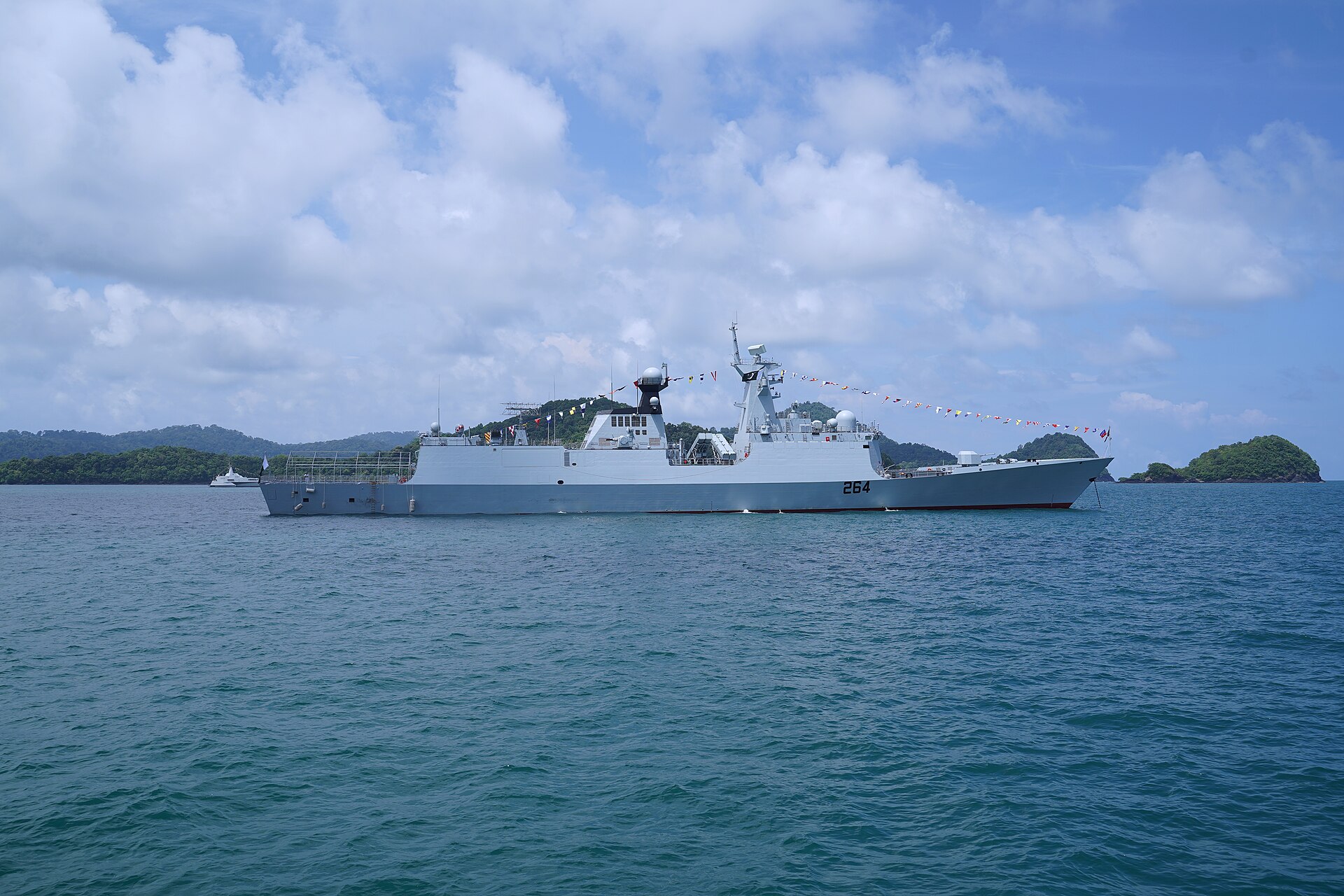Pakistan’s Defense Budget Unveiled As IMF Expresses Concern

- The Army would get 824.6 billion rupees, the Air Force would get 368.5 billion rupees, and the Navy would get 188.2 billion rupees.
- The amount Pakistan wants to spend worries Tuaha Adil, a research economist at the Policy Research Institute of Market Economy.
Even though there is a dispute with the International Monetary Fund over stagflation, the Pakistani government has asked for a nearly 16% increase in its defense spending.
On June 9, the government announced that it wanted 1.804 trillion rupees ($6.267 billion) for fiscal 2023-2024. This is a 15.7% rise over the revised total for fiscal 2022-2023.
The IMF is holding back $1.1 billion of the remaining $2.2 billion of a $6.7 billion bailout plan agreed to in 2019. The IMF says that Pakistan hasn’t met its responsibilities, so it has stopped sending money to the country.
Pakistan would be able to pay its foreign bills with the money because the State Bank of Pakistan doesn’t have more than $4 billion in foreign exchange reserves. But in FY23-24, the country has to pay back $22 billion in loans from other countries.
The IMF and Finance Minister Ishaq Dar have bad relations. On June 14, Esther Perez Ruiz, the IMF’s resident agent for Pakistan, said that the budget request was bad because it offered tax amnesty and didn’t try to make the tax base bigger.
Pakistan might find it hard to cut defense spending because it is at war with India, which has nuclear weapons, and the Pakistani Taliban, also known as Tehreek-e-Taliban Pakistan, or TTP. Members of the U.N. Security Council said in a report released on February 13 that the Taliban’s plan to take over nearby Afghanistan in 2021 has “emboldened TTP to step up attacks against Pakistan.”
Pakistan could beat the TTP even if the Afghan Taliban didn’t do everything they could to help. Safdar Hussain, a joint head and research analyst at the Pak Institute for Peace Studies, said that “defeating” or “full elimination” may not be the right words for the TTP because it is not a traditional army. He said that instead, the TTP “can be weakened more with or without the help of Afghan Taliban.”
But, he said, “the cooperation of the Afghan Taliban is essential to deal with the TTP threat, because even if Pakistan makes sure that the group is completely wiped out on Pakistani soil, it can still operate from Afghanistan and launch attacks and incursions across the border, and it will try to reorganize on this side of the border whenever it gets a chance.”
What’s in the draft budget?
Pakistan’s defense budget for FY22-23 went up from 1.57 trillion rupees to 1.59 trillion rupees, which is more than what was expected.
The defense budget request for FY23-24 is 1.7% of gross domestic product, a measure of the economy that has recently gone down. In FY22-23, the defense budget was 1.87% of GDP. Currency depreciation against the U.S. dollar and record-high inflation make it hard to compare things directly in terms of dollars.
Some ways of spending, like buying things for defense, are left out of the new defense budget plan.
A total of 280 billion rupees more was set aside for the military’s development plans and other projects. One hundred million rupees went to project management for a new shipyard in Gwadar, and 1.9 billion rupees went to Karachi Shipyard and Engineering Works for infrastructure improvements.
The Army would get 824.6 billion rupees, the Air Force would get 368.5 billion rupees, and the Navy would get 188.2 billion rupees.
442 billion rupees would be spent on running costs, and 461 billion rupees would be spent on guns and ammunition made and bought in India and other countries.
The government did not say how much it planned to spend on its scheme to stop nuclear war.
Is it worth it?
The amount Pakistan wants to spend worries Tuaha Adil, a research economist at the Policy Research Institute of Market Economy. The numbers for FY23-24 are 12.4% of total spending and 1.7% of GDP. This is less than the numbers for FY22-23, which were 14.3% and 1.87%, respectively.
He said that defense spending must go up, even if it means cutting back on development, because of the TTP danger.
He also said that the “underlying cause” of the country’s economic problems is “the recurring fiscal deficits,” which are caused by misallocating resources, giving subsidies to the wrong people, not being able to cut losses by privatizing financially unstable state-owned enterprises, and not making the tax system better.
Fida Muhammad Khan, an economics expert for the military, said that no matter what, the military will pay important projects like the JF-17 Thunder fighter program. And he said that calls for cuts to the military were based on politics and were not well thought out.
“Most of the time, things will go on as usual with missile systems and nuclear projects. Khan, who teaches at the Pakistan Institute of Development Economics, says, “This is not the first time we’ve had an economic crisis.” “The nominal value is high, but in real terms, Pakistan has been in similar situations many times in its past. And during all of these bad times, budget cuts have never been made to the defense budget or to important military programs.
The state of the economy will make things worse. We can expect delays in getting tools, and it will be harder to buy new weapons systems.”
That could hurt projects like the Navy’s Sea Sultan maritime patrol plane or attempts to buy things from other countries. So, he said, the military should “make major cuts in regular spending and put the money saved into campaigns to get new weapons and equipment and update old ones.”
He also talked about the need to increase military exports, especially to Africa, and suggested that institutions like the Pakistan Aeronautical Complex offer maintenance, repair, and overhaul services to foreign customers, including the Taliban. Khan thinks this is a realistic way for Pakistan to make money and help the Taliban fight the Islamic State group at the same time.
If Pakistan has to cut spending, the government should look elsewhere, he said, while criticizing the size of social safety net programs like the Benazir Income Support Program, which has a budget of 455 billion rupees, which is more than that of the Air Force, and poorly performing state-owned enterprises like the national airline and railways.
Given the danger from the TTP and how much India spends on defense, Khan said, “the current budgetary provision is less than what is needed.”
Even if Pakistan restructures its debts, as the finance minister has suggested, it’s not clear how that would affect defense spending, Adil said, adding that 63% of Pakistan’s public debt is domestic and 37% is foreign.
Adil said, “If the government wants to avoid a crisis, it must be fiscally responsible and make structural changes.”
Khan stressed, though, that the “defense budget is not based on the economy.” Its main factor is the country’s security situation and national goals, such as protecting its sovereignty.







Facebook Comments